
In 1880, architect Thomas W. Cutler endeavored to introduce his fellow Brits to Japanese art and design, a subject that remained novel for many Westerners of the time, given how recently the Tokugawa shogunate had “kept themselves withdrawn from all foreign intercourse, and their country jealously sealed versus strangers.”
Having written positively of China’s influence on Japanese artists, Cutler hoped that wangle to Western art would not prove a corrupting factor:
The fear that a worm art of a very debased kind may upspring in Japan, is not without foundation…The European artist, who will study the decorative art of Japan thoughtfully and reverently, will not be in any haste to disturb, still less to uproot, the thought and feeling from which it has sprung; it is perhaps the ripest and richest fruit of a tree cultivated for many month with the utmost solicitude and skill, under conditions of society peculiarly favorable to its growth.
Having never visited Japan himself, Cutler relied on previously published works, as well as numerous friends who were worldly-wise to replenish him with “reliable information upon many subjects,” given their “long residence in the country.”
Accordingly, expect a bit of bias in A Grammar of Japanese Ornament and Design (1880).
That said, Cutler emerges as a robust truelove of Japan’s painting, lacquerware, ceramics, calligraphy, textiles, metalwork, enamelwork and netsuke carvings, the latter of which are “are often marvelous in their humor, detail, and plane dignity.”
Only Japan’s wooden architecture, which he confidently pooh poohed as little increasingly than “artistic carpentry, decoration, and gardening”, cleverly designed to withstand earthquakes, get shown less respect.
Cutler’s renderings of Japanese diamond motifs, undertaken in his self-ruling time, are the lasting legacy of his book, particularly for those on the prowl for copyright-free graphics.



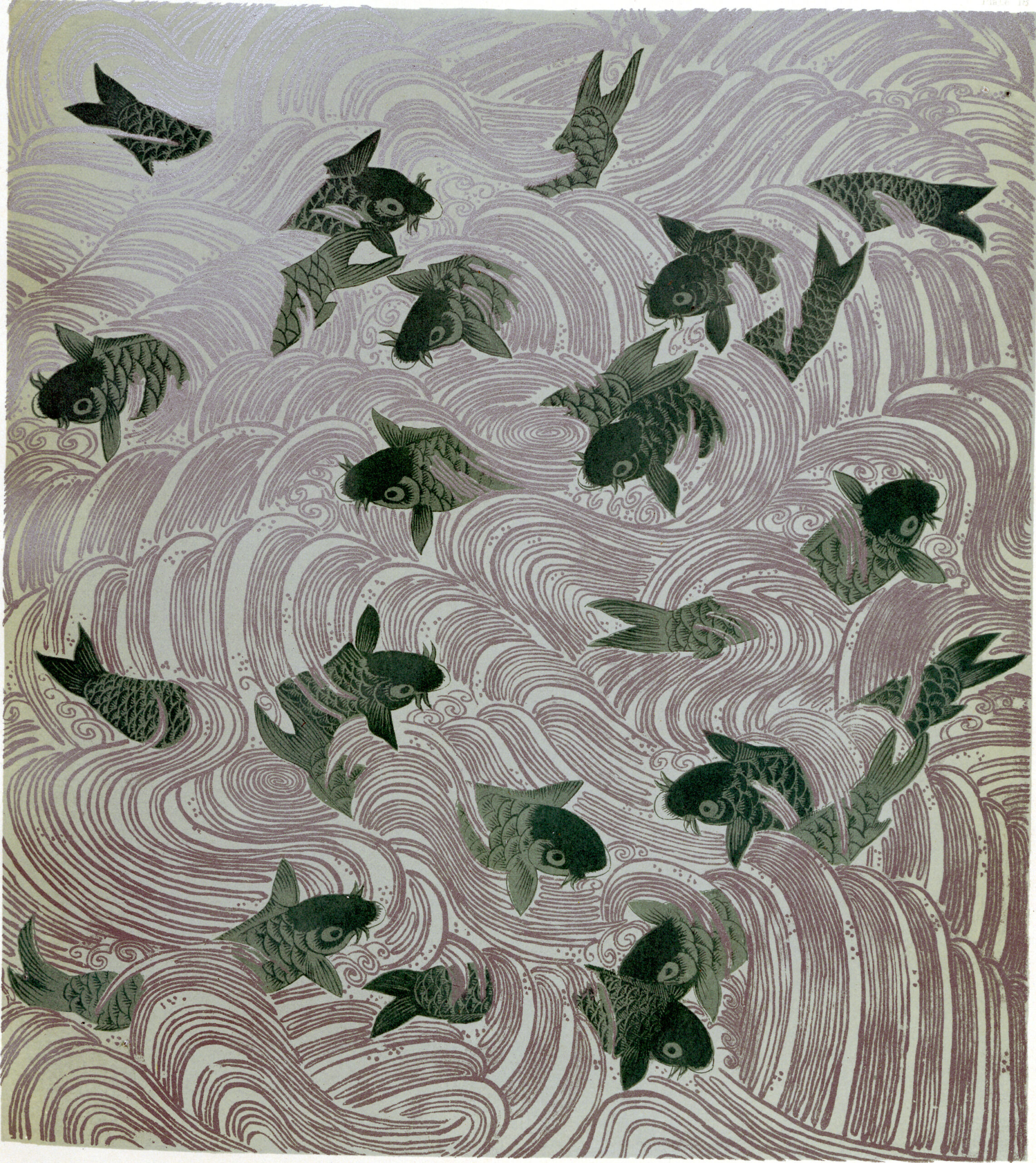
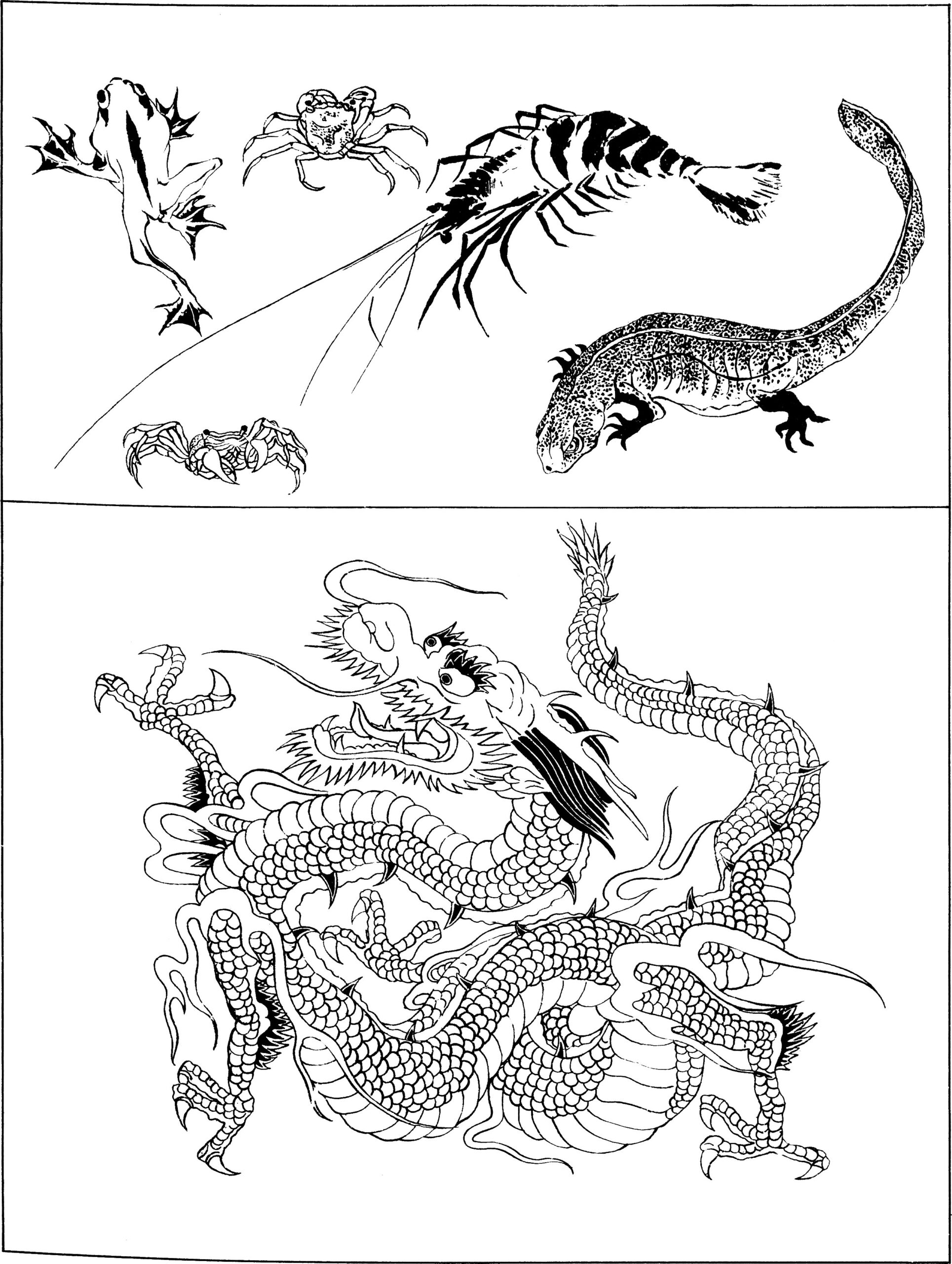

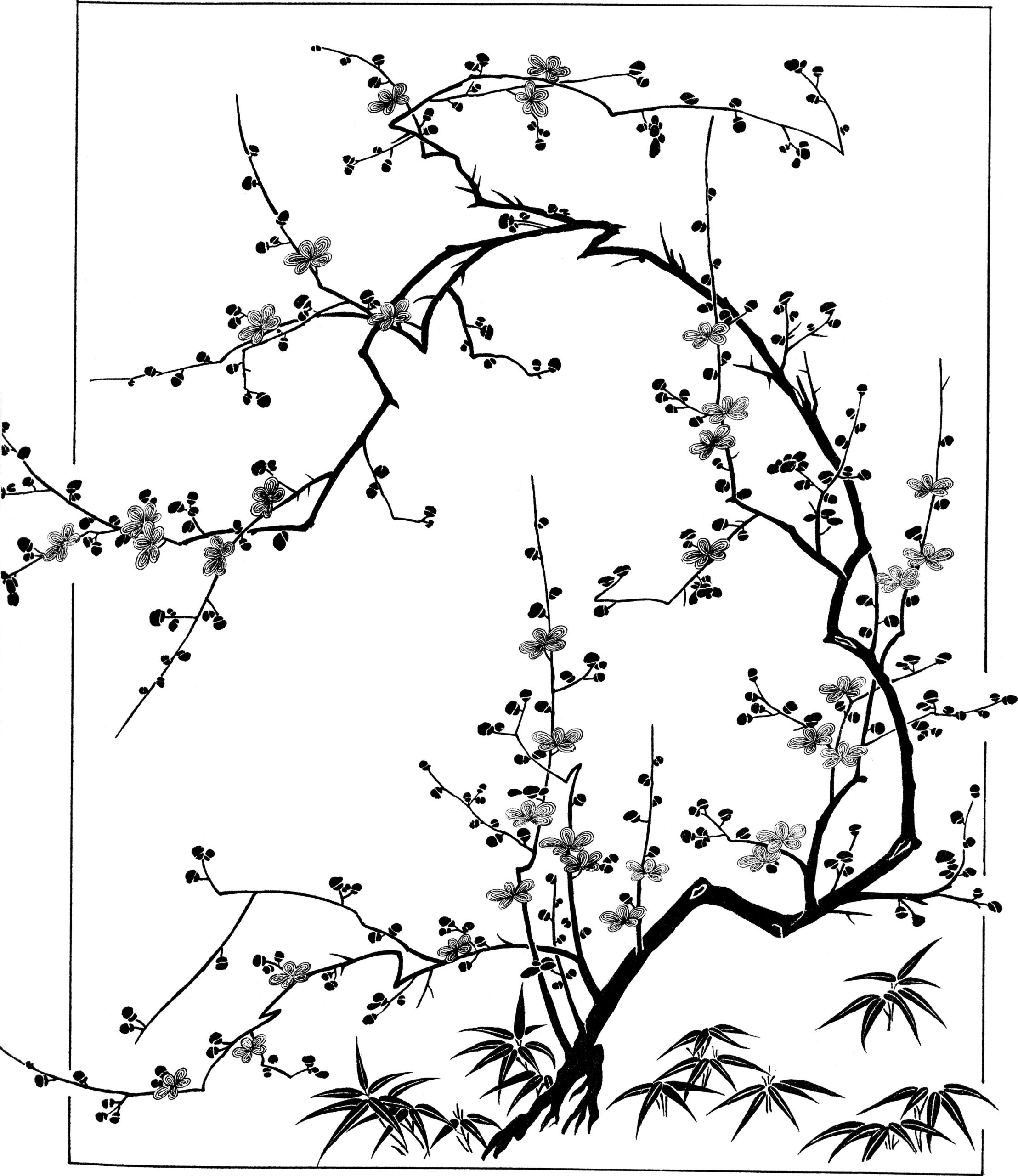
Cutler observed that the “most characteristic” element of Japanese decoration was its tropical ties to the natural world, subtracting that unlike Western designers, a Japanese versifier “would throw his diamond a little out of the center, and cleverly wastefulness the sonnet by a butterfly, a leaf, or plane a spot of color.”
The unelevated plant studies are drawn from the work of the unconfined ukiyo-e master Hokusai, a “man of the people” who ushered in a period of “vitality and freshness” in Japanese art.
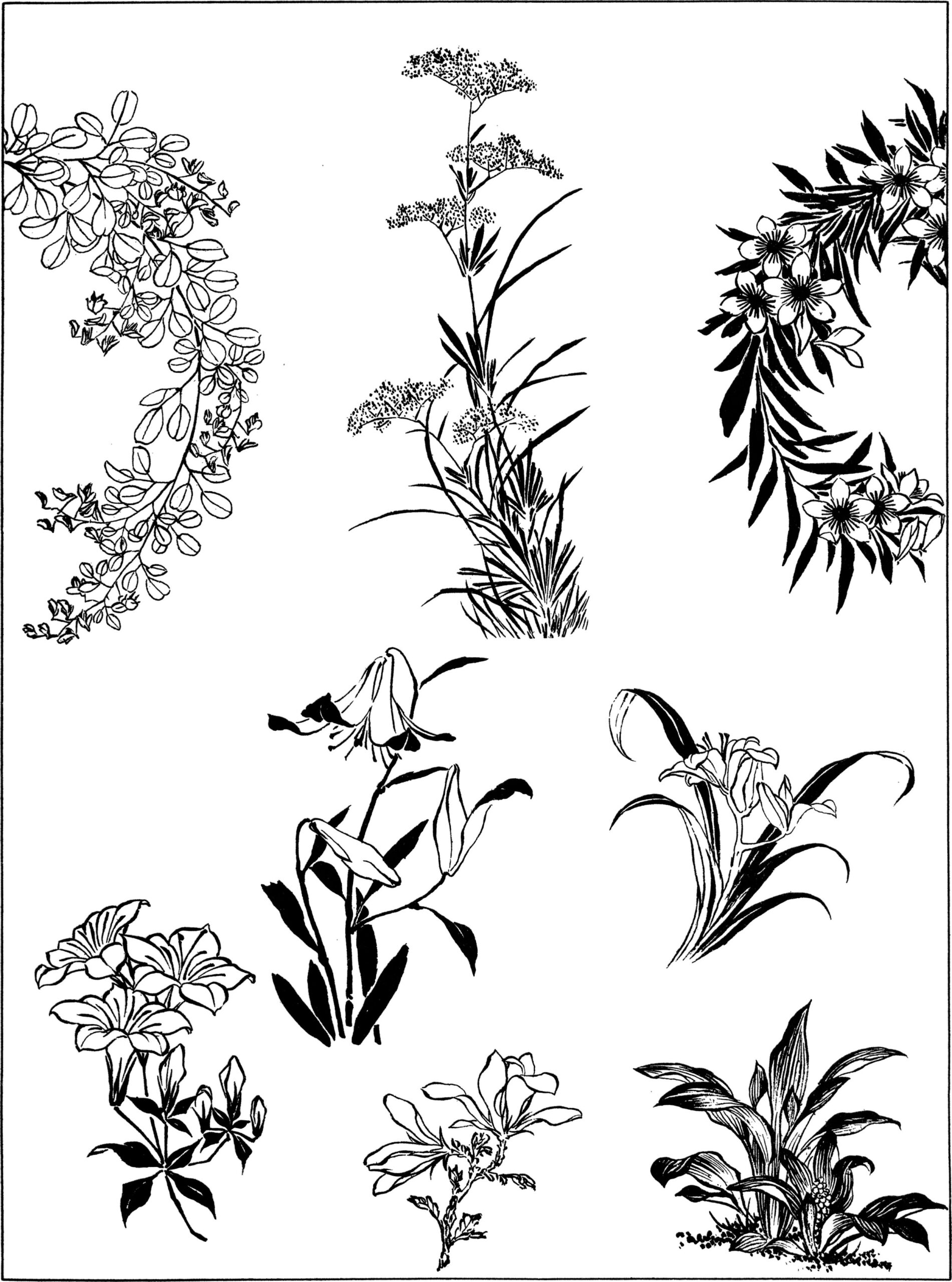
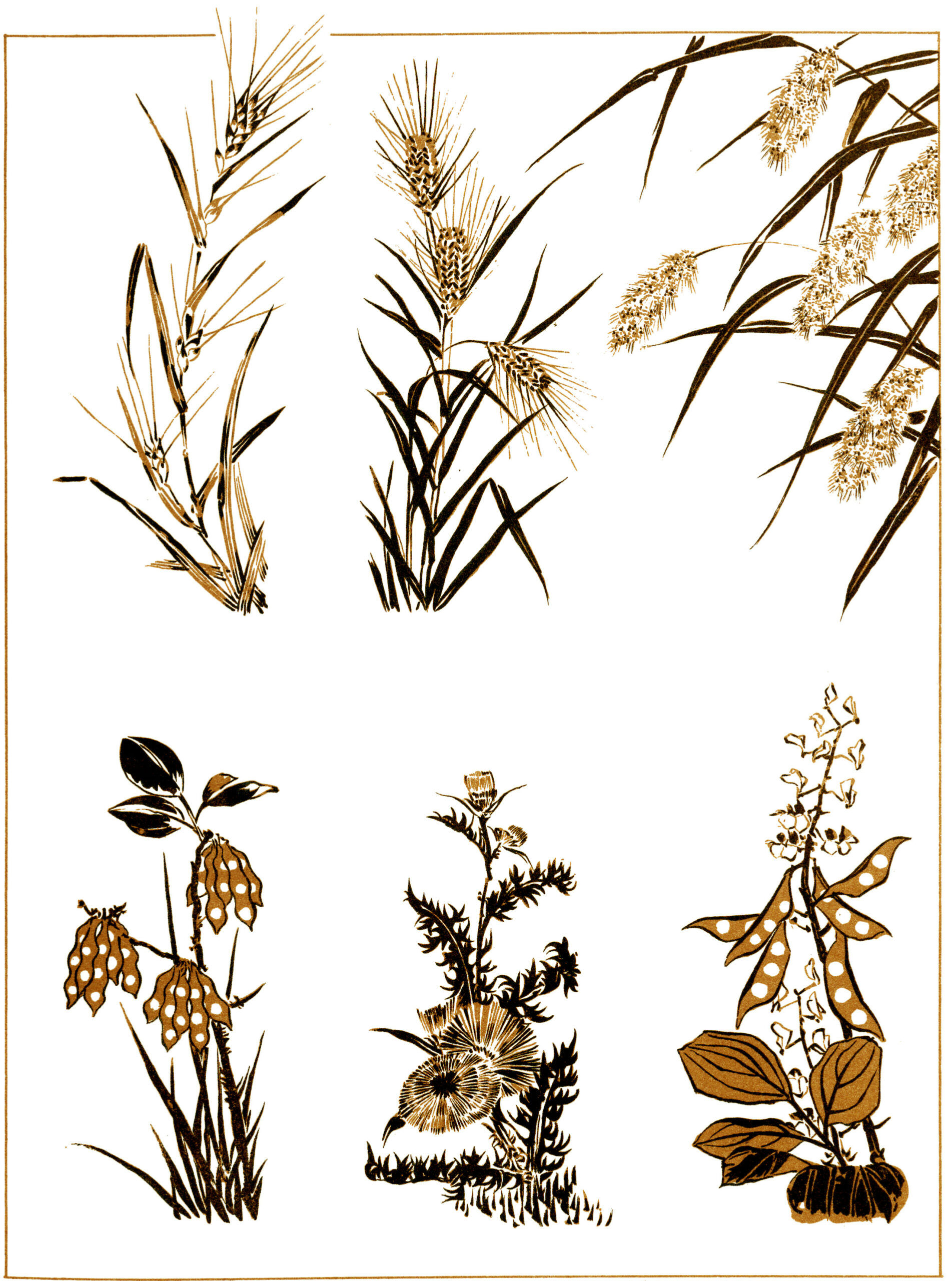
A sampler of curved lines made with single skim strokes can be used to create clouds or the intricate scrollwork that inspired Western artists and designers of the Aesthetic Movement.
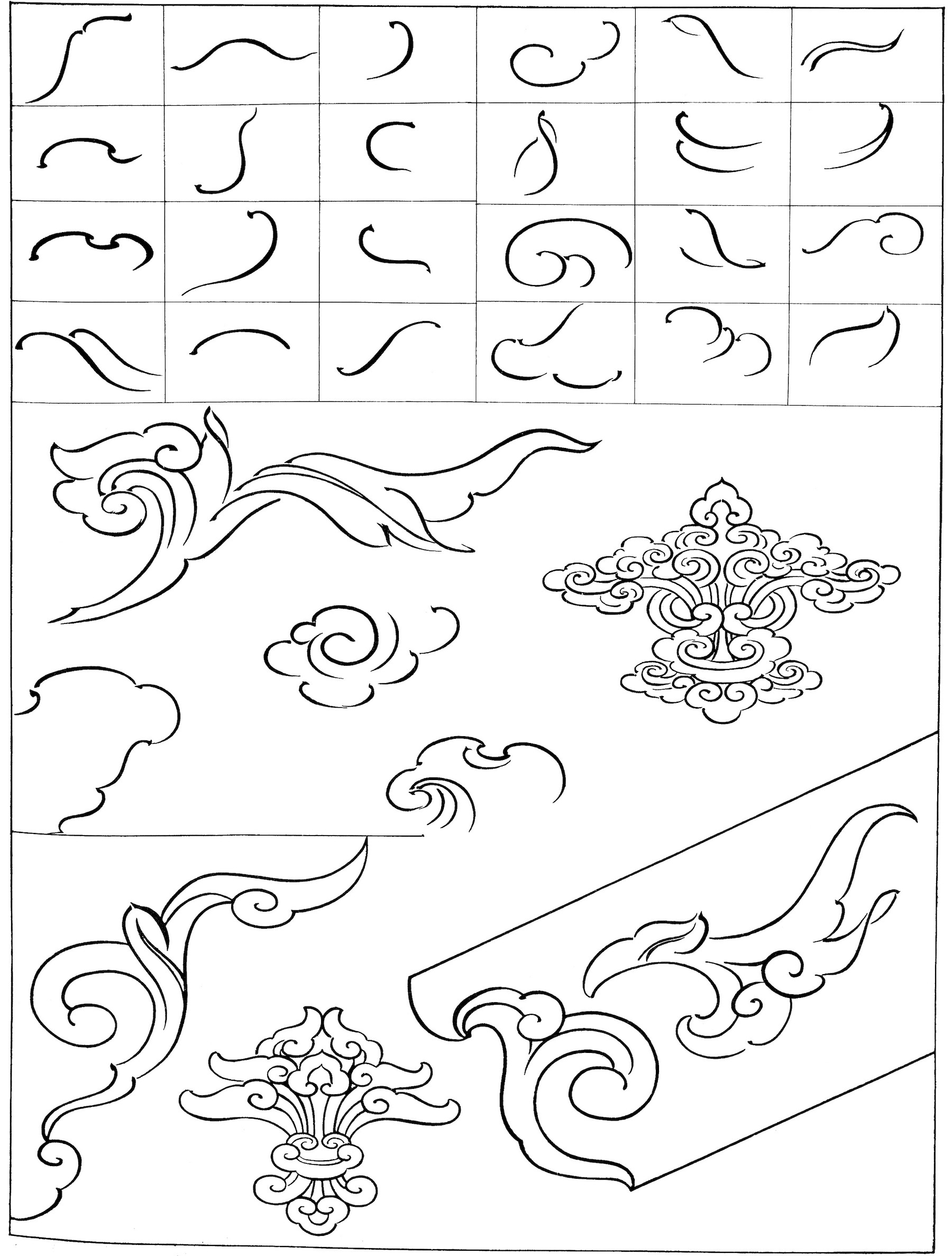
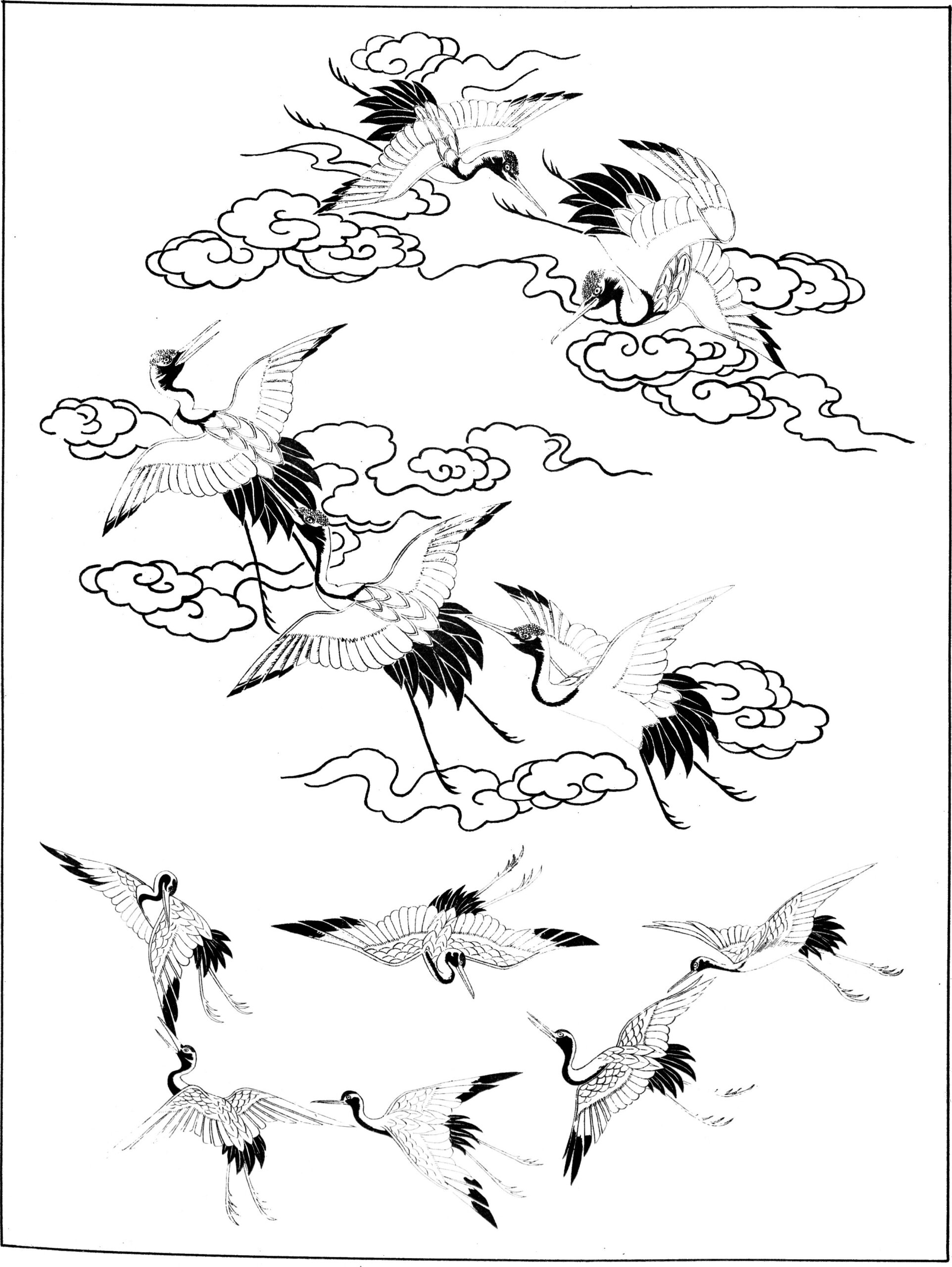
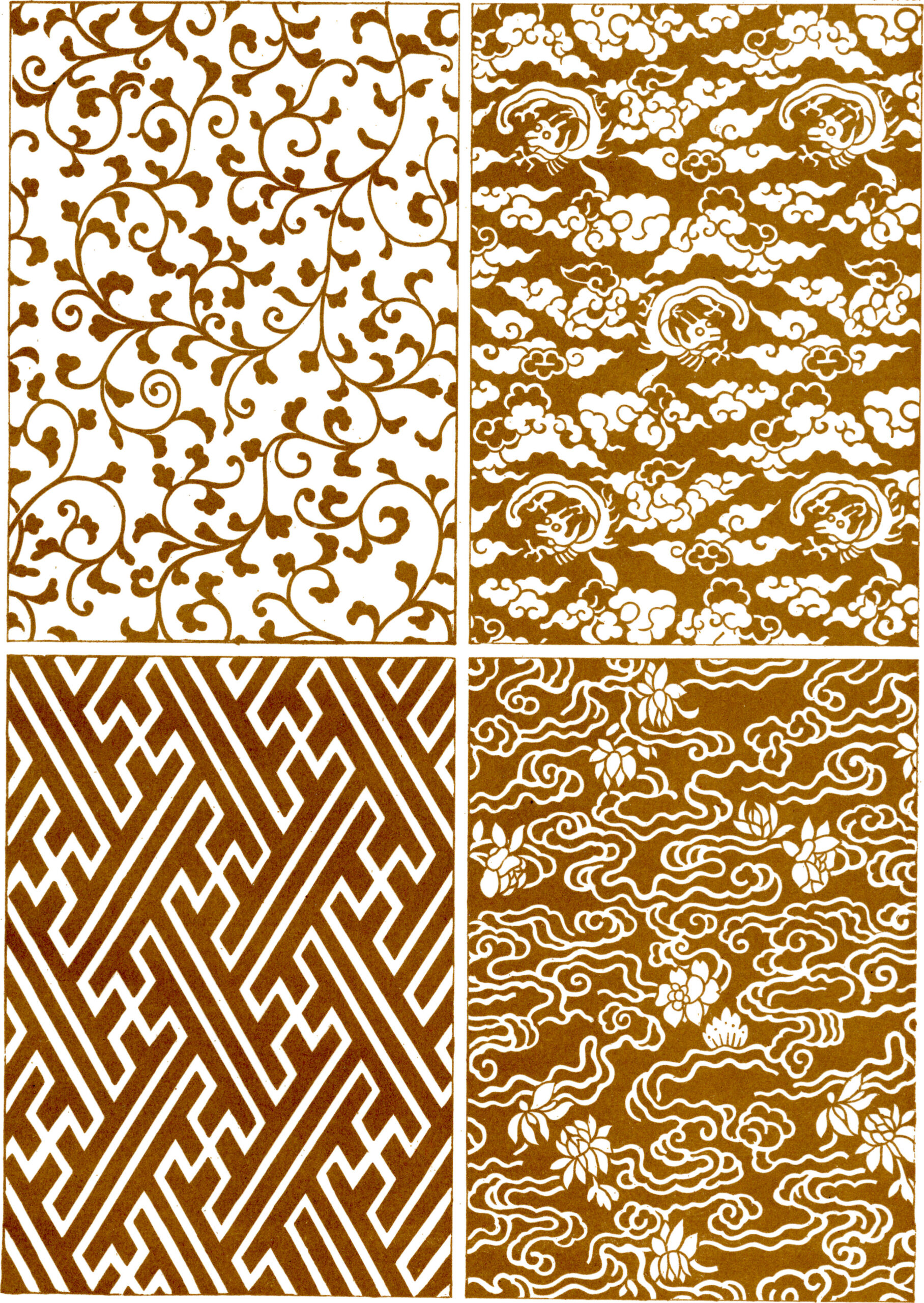
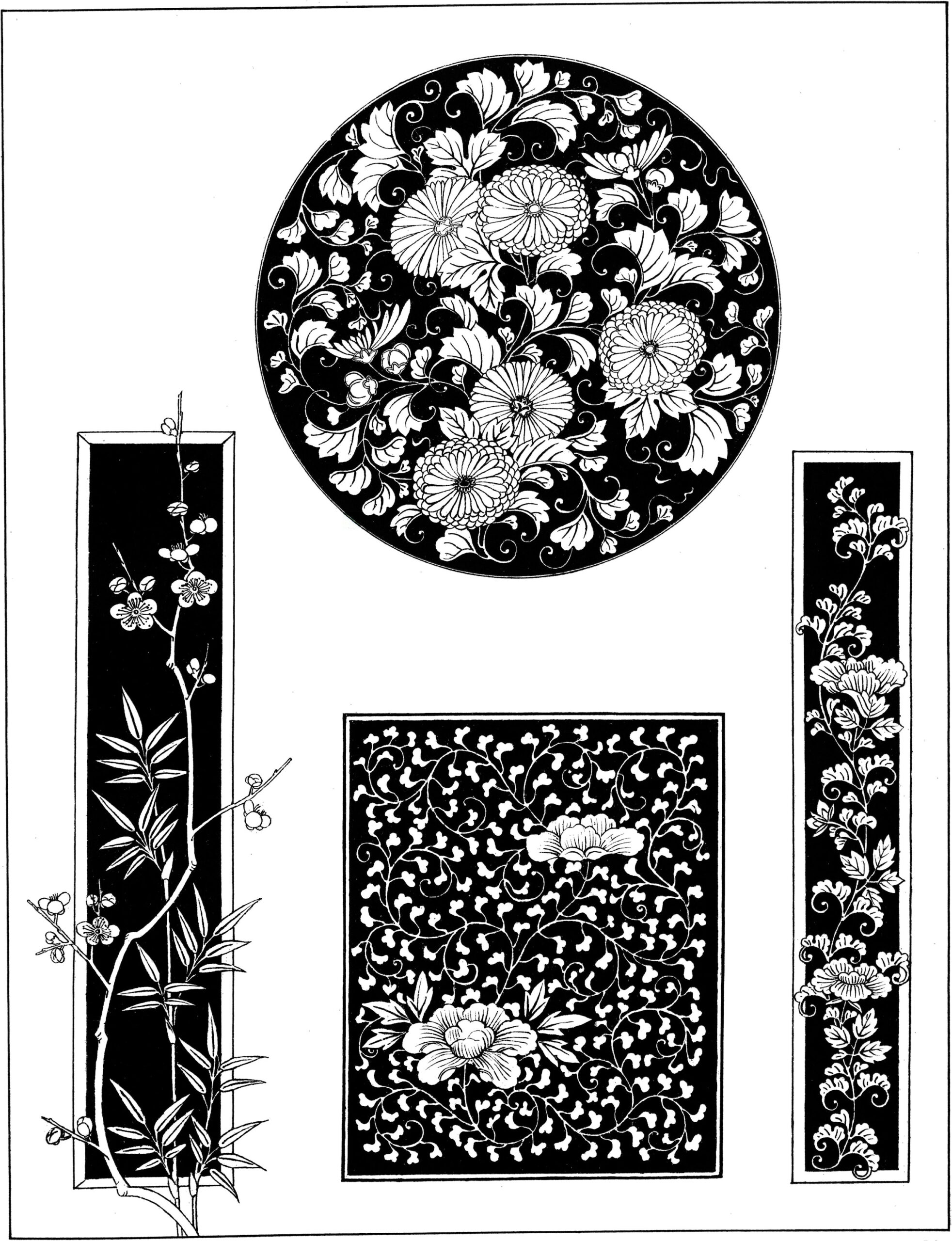
While Cutler might not have thought much of Japanese architecture, it’s worth noting that his typesetting shows up in the footnotes of Frank Lloyd Wright and Japan: The Role of Traditional Japanese Art and Architecture in the Work of Frank Lloyd Wright.
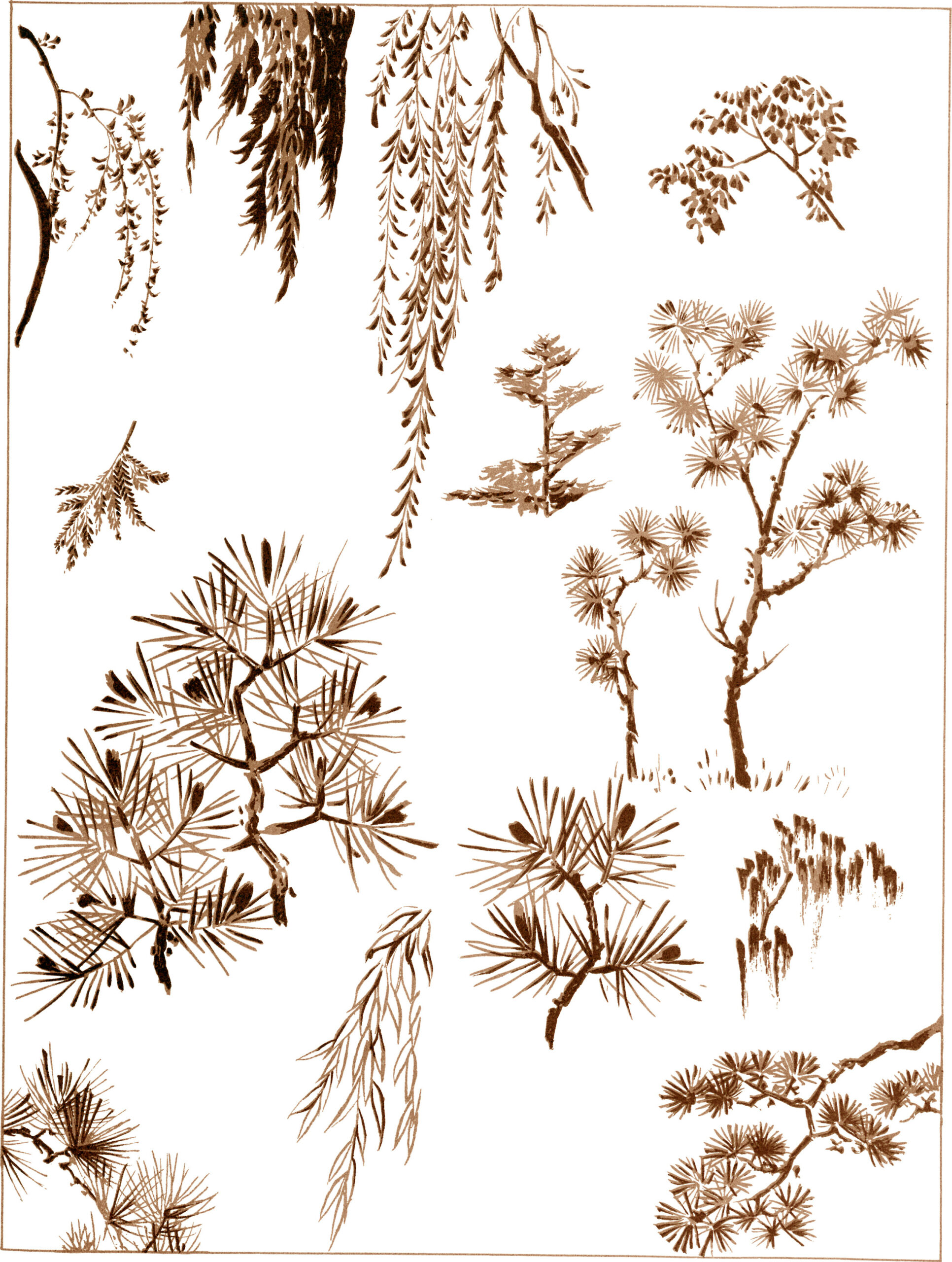
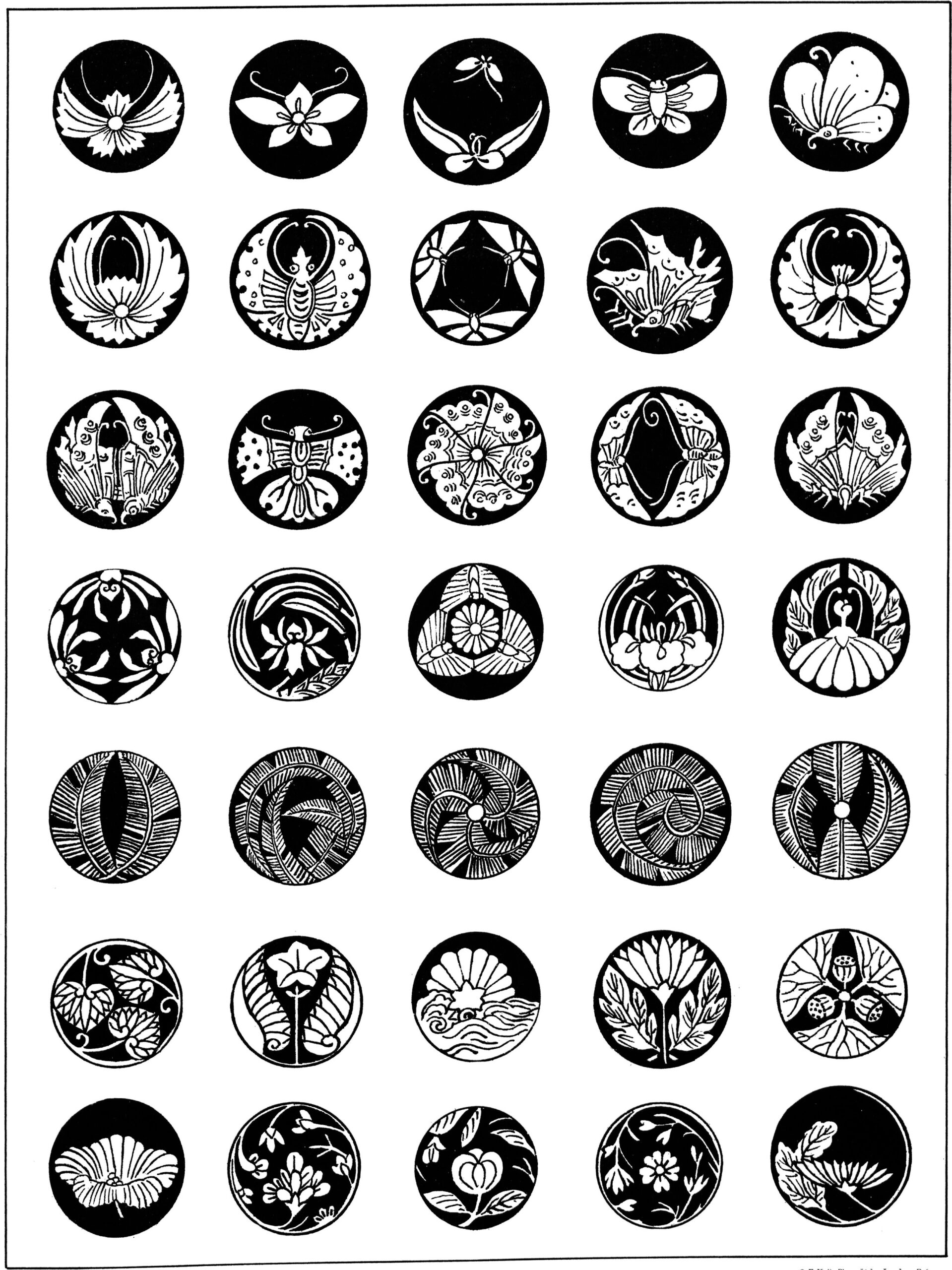
Take a peek at some Japanese-inspired wallpaper of Cutler’s own design, then explore A Grammar of Japanese Ornament and Design by Thomas W. Cutler here.
Related Content
Download Classic Japanese Wave and Ripple Designs: A Go-to Guide for Japanese Artists from 1903
– Ayun Halliday is the Chief Primatologist of the East Village Inky zine and author, most recently, of Creative, Not Famous: The Small Potato Manifesto and Creative, Not Famous Activity Book. Follow her @AyunHalliday.












